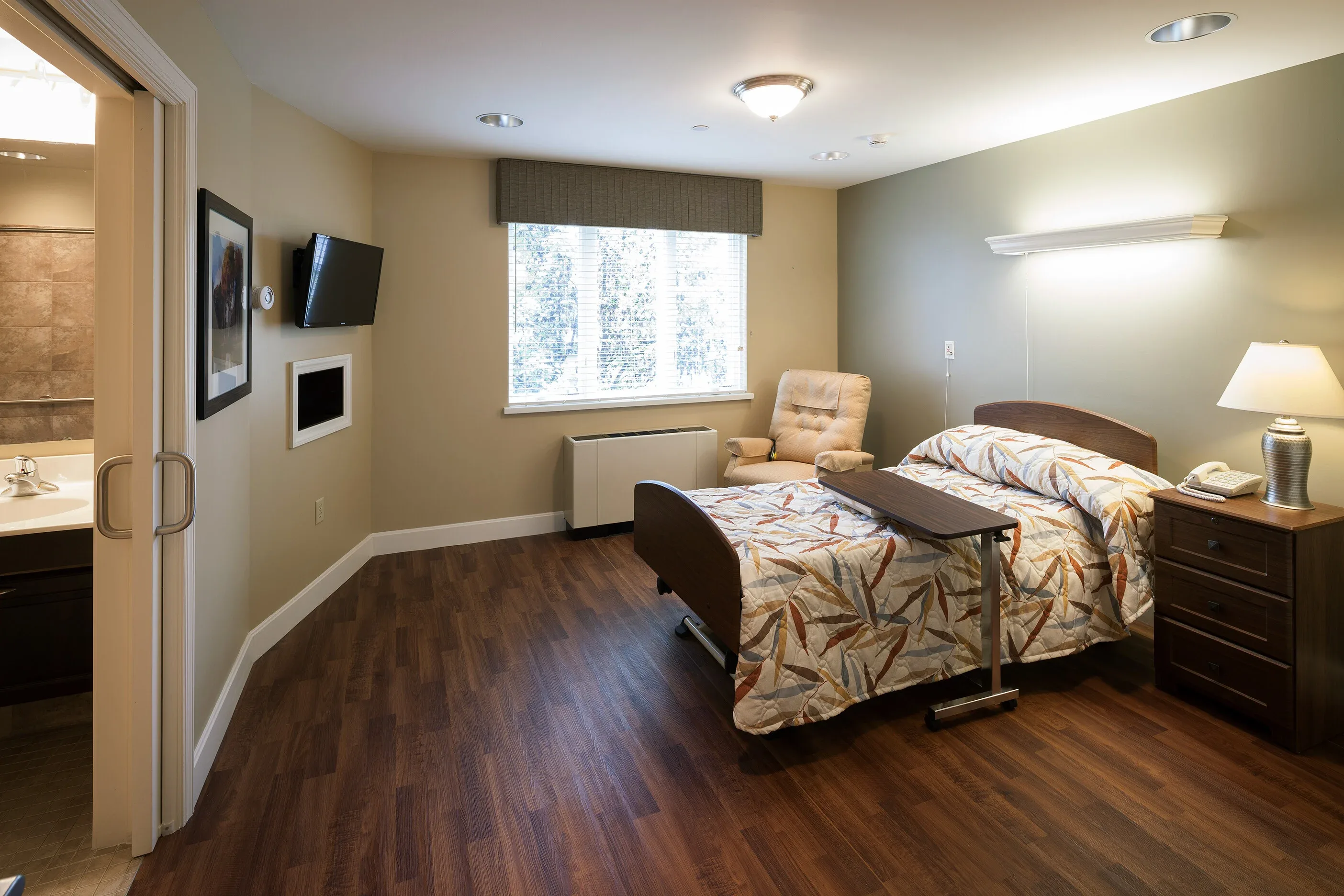Key Takeaways
- Secured Units Require Adequate Reimbursement: Memory care and behavioral health units in SNFs provide specialized, resource-intensive care that is not adequately funded under the current case mix reimbursement system, threatening their sustainability and quality.
- Current Models Fail to Reflect Real Costs: The case mix system does not account for the higher staffing ratios, advanced training, and environmental modifications required in secured units, creating financial disparities for providers.
- Proposed Solutions to Ensure Sustainability: Reforms include creating a distinct reimbursement category for secured units, incorporating acuity-based payment models, and offering financial incentives for high-quality care and unit development in underserved areas.
- Improved Funding Benefits Residents and the Healthcare System: Enhanced reimbursement would expand access, improve care quality, and reduce overall healthcare costs by decreasing hospitalizations and emergency interventions for residents with complex needs.
Executive Summary
Secured units in Skilled Nursing Facilities (SNFs), encompassing both behavioral health units and memory care units, deliver specialized and intensive care to residents with unique needs, such as dementia-related conditions or significant behavioral challenges. However, these units face significant financial challenges as the level of care rendered often exceeds the reimbursement provided under the current case mix system. To ensure high-quality care for these vulnerable populations, it is critical to advocate for reimbursement reforms that better reflect the acuity and resource demands associated with secured units.
The Problem
1. Specialized Needs and Higher Costs
• Memory Care Units: Residents with Alzheimer’s disease or other forms of dementia require constant supervision, structured routines, and highly trained staff to manage wandering, confusion, and other behaviors.
• Behavioral Units: These units handle residents with severe mental health conditions or behavioral issues, often necessitating higher staffing ratios, advanced de-escalation training, and physical security measures.
Despite these demands, current reimbursement models often fail to account for the additional staffing, training, security, and environmental modifications required.
2. Disparity in Reimbursement
• The case mix system categorizes residents into payment groups based on medical conditions and care needs, but it inadequately captures the resource-intensive nature of care in secured units.
• Providers often operate these units at a financial loss, threatening the sustainability of these critical services.
3. Impact on Access and Quality
• The financial strain discourages providers from establishing or maintaining secured units, reducing access for residents who desperately need these services.
• Underfunding jeopardizes quality, as providers may struggle to afford sufficient staffing or specialized training.
Proposed Solution
1. Reimbursement Model Adjustments
• Separate Rate for Secured Units: Develop a distinct reimbursement category within the case mix system for secured units, reflecting their higher staffing ratios, training costs, and environmental modifications.
• Acuity-Based Payment: Incorporate behavioral and cognitive assessments that better capture the complexities of residents in secured units.
2. Incentives for Secured Unit Development
• Provide financial incentives or grants to encourage the development of new secured units in underserved areas.
• Establish a bonus payment for facilities achieving high-quality outcomes in secured unit care.
3. Data-Driven Advocacy
• Encourage facilities to collect and share data on the actual costs of operating secured units, including staffing, training, and infrastructure expenses.
• Partner with policymakers to align reimbursement rates with documented needs.
Benefits of Reform
1. Improved Resident Outcomes
• Enhanced reimbursement would allow facilities to maintain optimal staffing levels, improve staff training, and invest in therapeutic programming, directly benefiting residents.
2. Increased Access to Specialized Care
• Financial sustainability would encourage providers to open or expand secured units, addressing current gaps in access.
3. Cost Savings in the Broader Healthcare System
• By reducing hospitalizations, emergency interventions, and caregiver burnout, improved funding for secured units can generate downstream savings for Medicare and Medicaid programs.
Policy Recommendations
To address the challenges of under-reimbursement in secured units, ASI recommends:
1. Legislative Advocacy: Push for federal and state legislation to create a distinct reimbursement category for secured units.
2. Collaboration with CMS: Work with the Centers for Medicare and Medicaid Services to refine case mix categorizations and introduce new payment models for secured care.
3. Public-Private Partnerships: Partner with private foundations and public entities to fund pilot programs demonstrating the cost-effectiveness of properly funded secured units.
ASI’s Role
The Aging Services Institute (ASI) is committed to ensuring equitable reimbursement for secured units to safeguard access and quality care for residents with dementia and behavioral health needs. Through policy research, advocacy, and collaboration, ASI aims to influence sustainable funding mechanisms that support this essential aspect of long-term care.



